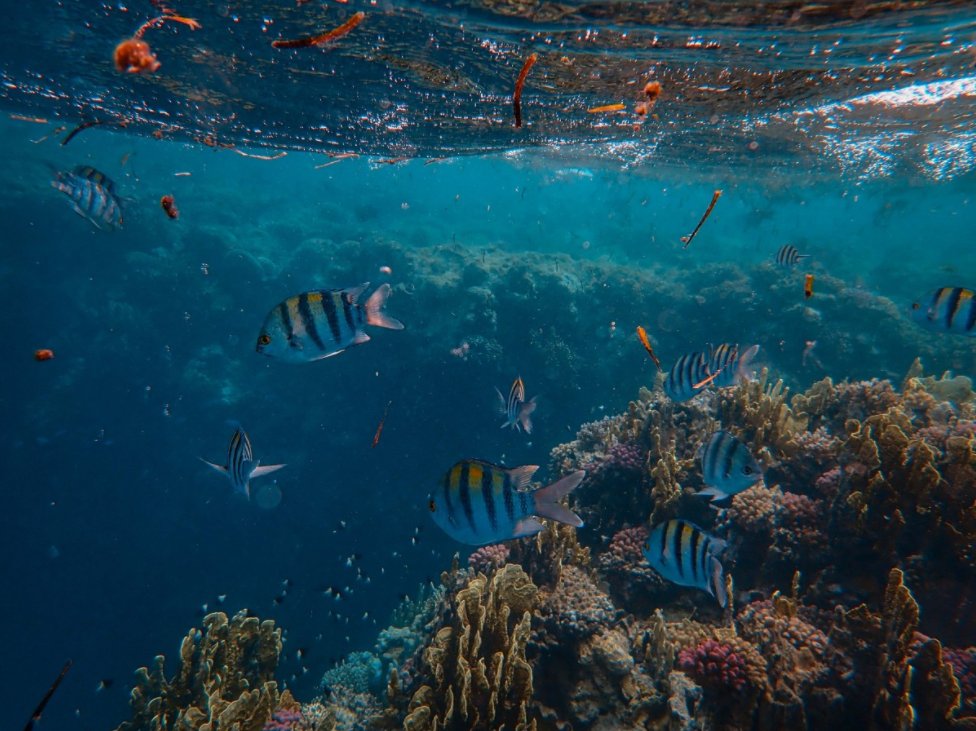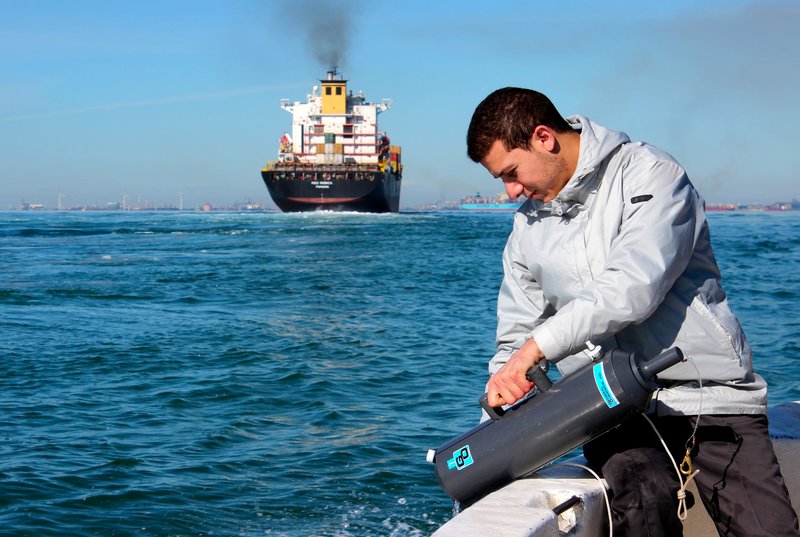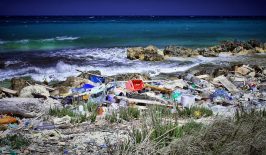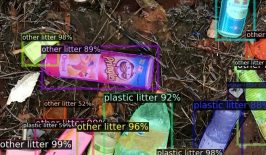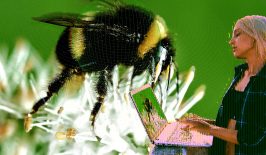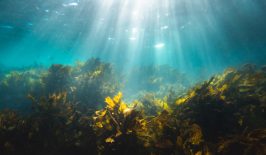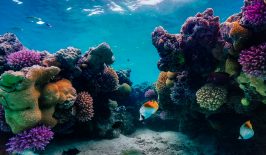The ocean comprises nearly the entirety of our planet’s habitable space and is home to the majority of its living organisms. Yet according to most estimates, more than eighty per cent of it remains unmapped, unobserved, and unexplored. This needs to improve.
Better understanding marine ecosystems is critical to protecting them from threats posed by over-fishing, pollution, and climate change. The problem is gathering the necessary data requires sending divers, nets, and other unwieldy devices to collect samples at the source – an expensive, time-consuming, and logistically challenging feat, especially the deeper you go. The ocean is simply too vast and inaccessible to reliably assess.
Finding Answers in Environmental DNA
But what if we didn’t actually have to go where the wild things are? It’s a question researchers are increasingly asking themselves thanks to answers contained in environmental DNA (eDNA). eDNA is essentially the genetic debris – mucus, feces, tissue particles – species shed as they go about their lives. Projects, such as the Pew Charitable Trust’s Global Ocean Commission, have increasingly turned to eDNA to gain a better understanding of what’s going on beneath the waves – and humankind’s impact upon it. If our oceans are a crime scene, eDNA is the forensic evidence used to comb for clues. Because let’s be clear: what we have done to marine life is indeed criminal. Jim Palardy and Johnny Briggs, two seniors of the Pew Global Ocean Commission write:
“Effectively managing marine ecosystems—by preserving biodiversity, protecting ocean-based livelihoods, and ensuring sustainable fisheries—requires a lot of information about threats, and about species location, abundance, and food and habitat needs. Regularly collecting this data as part of a monitoring program allows for informed and adaptive decision making on how best to promote ecosystem-based management as well as the design, implementation, and assessment of marine protected areas (MPAs).”
Samples for eDNA analysis can be gleaned from air, soil, sediments, or water. For the latter, a Niskin bottle is plunged into the ocean to the desired depth. Once there, it collects a sample to be sent to a lab for a series of scientific processes: DNA sequencing, metabarcoding, comparing and identifying. The more diverse the representation of species sampled, the deeper our understanding of the water column.
What eDNA Can Tell Us About Our Oceans
eDNA can tell us a lot about which species are where, whether invasive or endangered ones are present, and about the general biodiversity of an area. Beyond that, the genetic samples can gauge the health of an ecosystem’s food web and habitability. By freezing samples and making comparisons, scientists are able to draw conclusions not only in real-time but over longer periods.
Furthermore, as the PEW team notes, “eDNA could streamline and standardise data collection to the benefit of marine managers around the globe.” A pilot project in the waters of Ascension Island, a volcanic rock halfway between the coasts of Brazil and Africa, is currently evaluating how effective, low-cost monitoring protocols based on eDNA can be replicated in other marine protected areas. At Ascension, eDNA is being used to assess the health of native species, as well as investigate the presence of invasive species that may have arrived on boats. Other Pew funded projects, such as one in the Clarion-Clipperton Zone of the Pacific Ocean, have performed surveys of areas targeted for deep sea mining. The use of eDNA to provide quick and accurate overviews of marine ecosystems could help expand conservation zones outside of the usual coastal areas. As it stands, only 2.8 per cent of the ocean is highly protected.
While actually getting our hands on species still returns the most information – including age and size – eDNA can be used together with scuba or net-based sampling to build more robust ecological models. As with our forests, the more we know about our oceans, the greater our capacity to develop neural network-driven technologies aimed at regenerating these fragile ecosystems.
